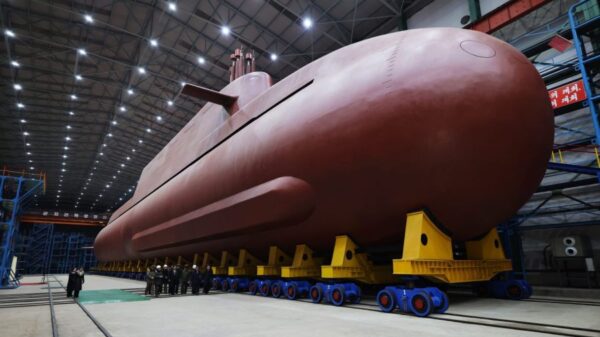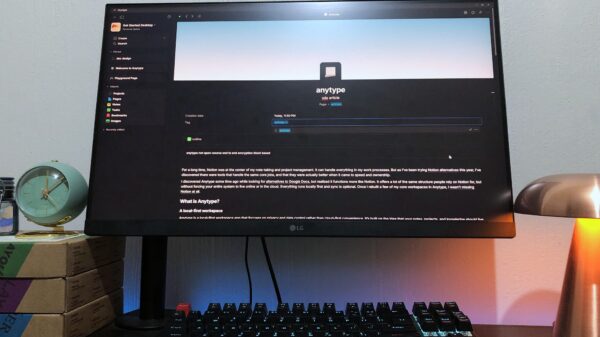The European Space Agency’s (ESA) ExoMars mission recently achieved a significant milestone by successfully testing its parachute system in a dramatic stratospheric drop. An engineering team deployed the parachute from a balloon that reached the stratosphere, simulating conditions similar to those expected during the mission’s descent on Mars.
Conducting tests that recreate the harsh environments of space is no easy task on Earth. Engineers often rely on specialized equipment like vacuum chambers and wind tunnels. In this instance, they opted for a more hands-on approach reminiscent of classic physics experiments. The ExoMars parachute system underwent a scaled-up version of an egg-drop test, utilizing a balloon roughly the size of a football field.
ExoMars features a multi-stage descent system, which includes an initial aerobraking phase as the spacecraft enters Mars’ atmosphere, followed by parachute deployment to further decelerate. The final stage involves the use of retrorockets to ensure a soft landing on the Martian surface. Each phase requires rigorous testing, and the recent stratospheric drop focused specifically on the parachute’s performance.
The test took place in an isolated region of northern Sweden. To achieve the necessary altitude, the entire test apparatus, including a mock heat shield and internal components representative of the actual spacecraft, was attached to a massive balloon. Once the balloon reached the stratosphere, the craft was released, allowing the parachute to deploy in conditions akin to Mars’ thin atmosphere.
Onboard sensors collected extensive data during the descent, measuring orientation, rotation, speed, and capturing video footage. This information is crucial for evaluating the parachute’s performance and ensuring it can withstand the conditions of a Martian landing. After the parachute deployed successfully, team members utilized a helicopter to retrieve the test vehicle, adding an element of excitement to the operation.
The parachute had been in storage for several years prior to this test, prompting concerns about its potential degradation over time. The controlled storage environment was intended to preserve its integrity, and the test aimed to confirm this. Although no official results regarding the test’s success have been released, preliminary footage indicates that the parachute deployed as intended and remained intact throughout the descent.
Scheduled for launch in October 2028, ExoMars is progressing despite geopolitical challenges that have impacted the project. With the parachute test completed, the engineering team can transition to subsequent tests, which may include more complex scenarios, such as evaluating the heat shield under extreme conditions.
As the ExoMars mission moves forward, engineers will continue to refine and test the spacecraft’s various systems to ensure a successful landing on Mars. This latest parachute test exemplifies the innovative approaches being employed in aerospace engineering, where the thrill of testing can be as compelling as the mission itself.
The ExoMars project represents a collaboration between ESA and several international partners, aiming to enhance our understanding of the Martian environment and search for signs of past life on the planet.







































































